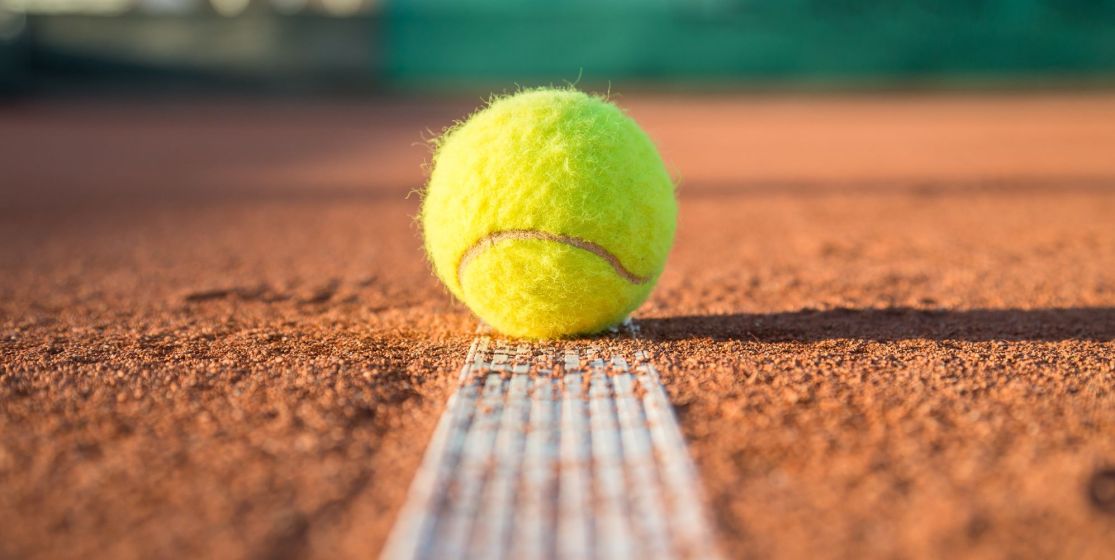While Australian tennis has started full on in Melbourne, local tennis appears to be facing crises - a results crisis, a vocations crisis, an identity crisis. Carried by Lleyton Hewitt’s performances for a long time, its future now lies in the hands of Samantha Stosur on the WTA Tour. But the illness seems serious…
Traditionally at Wimbledon, the dress code obliges the contenders to wear white. But it’s black that the nine Australian representatives should have been wearing last June, to mark the passing of the long-gone glorious years of their ancestors. In the Men’s draw, no Australian made it through the qualifiers. Amongst the ladies it wasn’t much better, with Samantha Stosur bowing out in the second round.
A disaster on grass, and a national shame for a country which hadn’t known such failure in London since 1938. On the day of her elimination, Stosur tried to put the matter into perspective saying that “what matters is the long run instead of being scared of the results of a tournament.” Except that, on closer inspection, the situation seems serious.
The same problem of competition faced by US tennis
As in the cockpit of an aeroplane in distress, almost all the signals are flashing. On the WTA tour, Stosur has been for too long the only nacelle head of Australia in the top 100. Casey Dellacqua doesn’t manage to perform in singles play and the young hope Ashleigh Barty, 16, is just emerging. Amongst the men, it’s even worse: Marinko Matosevic is currently ranked 49th by the ATP, the prodigy Bernard Tomic 64th and Lleyton Hewitt 82th. At the dawn of his career, Mr. “Come On !” is having a hard time finding his heir. In the Davis Cup by BNP Paribas, the performances are quite disastrous, with the Australian team missing from the World Group since 2007.
But what happened to Australian Tennis for it to fall so low? Invited to discuss the subject after the last Wimbledon, John McEnroe didn’t go on the attack, instead suggesting that officials avoid panic. “We’re facing the same problem in the US: in many other countries, the best athletes play tennis, it’s not the case here.” he said. It is hard indeed to fight against the powerful national sports of Aussie Rules football and cricket. When they are teenagers, many promising players decide to go for these more popular and lucrative sports. Amongst individual sports, cycling is also gaining in popularity because of, amongst other things, the recent victory of Cadel Evans in the Tour de France.
Reclaim the “Heart and soul” of Australian Tennis
Australia also has to face the phenomenon of the little yellow ball’s globalization. “The competition has became more intense compared to the golden age of Australian tennis in the 1960’s and 70’s”, notes Linda Pearce, a sports journalist at the local magazine The Age. “I don’t know how we can achieve such success in the future.” Where Laver, Rosewall, Newcombe, Roche, Emerson and Stolle were able to dominate the latter rounds of tournaments in their time, how can Bernard Tomic make it in a tour monopolised by the Fantastic Four that are Federer, Djokovic, Murray and Nadal? There are many reasons to be discouraged… Although, this same Bernard Tomic appears as the biggest hope for upcoming Australian victories. After breaking out in 2011 with a quarter-final appearance at Wimbledon, last season was trickier for him. Still only 20, he has the potential to justify the hopes placed in him. It’s much the same story amongst the girls with Ashleigh Barty, who just managed the best performance of her career, beating Francesca Schiavone in the Hopman Cup.
As for results in the long-term, the former double specialist Mark Woodforde argues for a return to what was for a long time the “heart and soul” of local tennis, “an aggressive and physical attacking game”, as opposed to the baseline game played almost everywhere nowadays, including Australia. Criticised for its lethargy, the federation also seems to have recognised the problem and started working on it. It created an ambitious program of talent-spotting and coaching named “Tennis Hot Shots”. Finally, former stars like Tony Roche, Pat Cash and Patrick Rafter decided to get involved by accepting senior positions. “After all, even if times are hard, tennis remains a popular sport here,” says Margie McDonald, journalist at the daily newspaper The Australian. “And because we’ll always like to play it, it’s not going to disappear. I still hope that one of our fellow countrymen will win the Australian Open again one day.” However, that hasn’t happened since Mark Edmondson in 1976 for the men and Chris O’Neil in 1978 for the ladies.
By Régis Delanoë






